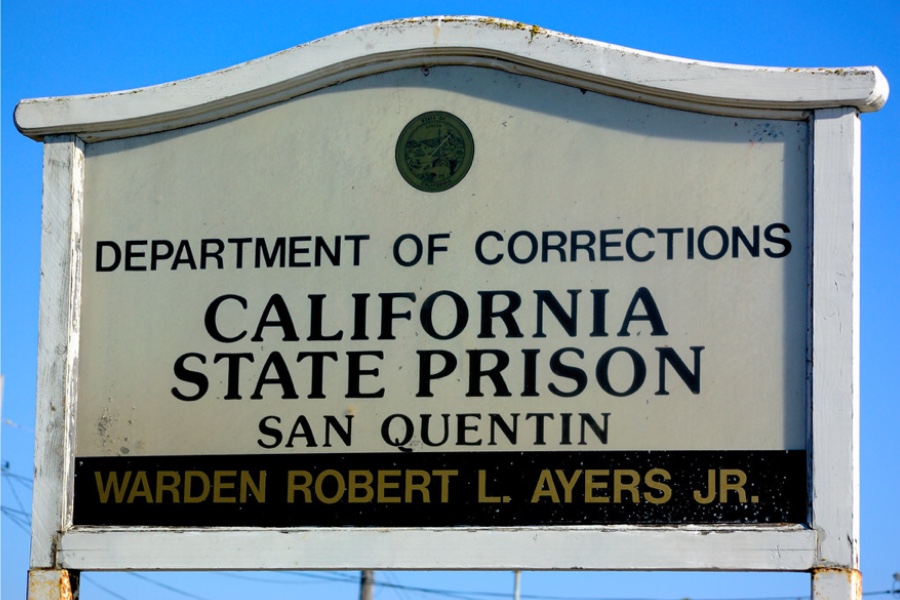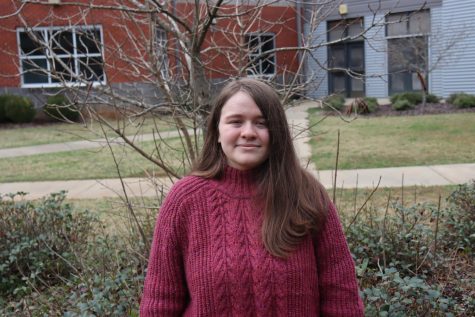A Place of Healing Built on a Foundation of Death
February 11, 2022
California’s Governor Gavin Newsom made headlines for announcing his intention to turn San Quentin State’s death row into a “positive, healing environment” focused on rehabilitation within the next two years. If you search for these headlines expecting an informative summary of Gov. Newsome’s plan, be prepared to sift through a deluge of outrage bait and criticism, while being offered no details on what the actual plan constitutes. So, let’s review.
According to the plan (which you can read about here), the inmates on San Quentin’s death row will be moved to other maximum security state prisons while San Quentin is repurposed over the next two years. This transfer draws from a provision of California’s failed Proposition 66, which was intended to shorten the death penalty appeal process. According to the provision, the transferred death row prisoners will be moved to facilities “that provide the necessary level of security”, require those who are transferred to work prison jobs, and send 70% of their earnings to victims’ families. Under a pilot program that began in early 2020, 116 death row prisoners transferred out of San Quentin raised $49,000 for victims’ families.
Conveniently, this aspect of the plan seems to not be discussed so much as the eye-catching “positive, healing environment” aspect of the plan. Undoubtedly, this is more likely a result of an over-reliance on clickbait to generate interest than any actively nefarious intentions, but the point stands.
Depending on your opinion of the death penalty as a whole, your opinion of California’s decision is likely to vary. Those of you who are gung-ho about the death penalty and executions are probably not pleased with this decision for the usual suspect reason: retribution.
From a poll of Bob Jones students, one decidedly pro-death respondent stated, “Certain criminals don’t deserve redemption. They don’t deserve to go back out into society or be an albatross around our neck in prison for years. Some people deserve death.”
What a heavy topic to introduce in an opinion piece for a school newspaper. Do certain people deserve to die? For simplicity’s sake, there is no good answer to this question. And therein lies the problem with any discussion surrounding the death penalty, eventually, after all other talking points have been exhausted, the conversation will fall back on human concepts of morality to base an argument on.
On every other pro-death penalty argument, I can show several studies disproving their claims. For example, simple cost. A common misconception about the death penalty is that it provides a cheaper solution to the problem of what a society should do with their worst criminals, as opposed to life in prison. In 2008, a commission found that the costs of sentencing death row inmates to life without parole would cost the state of California less than the death penalty. The state spent $137 million per year on capital punishment, whereas life without parole would have cost an estimated $11.5 million per year. The large difference between the two values is due to the many extra costs associated with capital punishment. Longer and more thorough trials and investigations, the expense of qualified attorneys, and appeals all contribute to the enormous price tag on the death penalty.
Unfortunately, there is no clear-cut research on the kinds of people that deserve to die. Shocking, I know, that human opinion on morality is a nebulous and vehemently disagreed upon notion. Ultimately, being pro or anti-death penalty will boil down to whether or not the reasons for being against it outweigh the desire for retribution.
This same desire is where I believe that much of the criticism for Gov. Newsom’s stems from.
In the same poll, Bob Jones students were asked if they believed death row prisoners were capable of being reformed. The vast majority, 70%, responded that it depends on the crime. The inmates on San Quentin’s death row are not all there because of false convictions or murder in self-defense, some of them genuinely are what we as outsiders can call “the worst of the worst”. So, is it fair that they get an extended lease on life? Do any of us really have the right to say?
The future will, hopefully, bring a change in how our country runs our justice system, the flawed and broken thing that it is. That change is going to include how we interact with capital punishment, whether we abolish it entirely or decide it’s a facet of the past worth keeping around. If capital punishment is discontinued, something is going to have to be done with these prisoners, whether you like the outcome or not. From where I’m standing, it is better to create plans with the hope we can make these inmates better people instead of stashing them away behind bars to rot.












